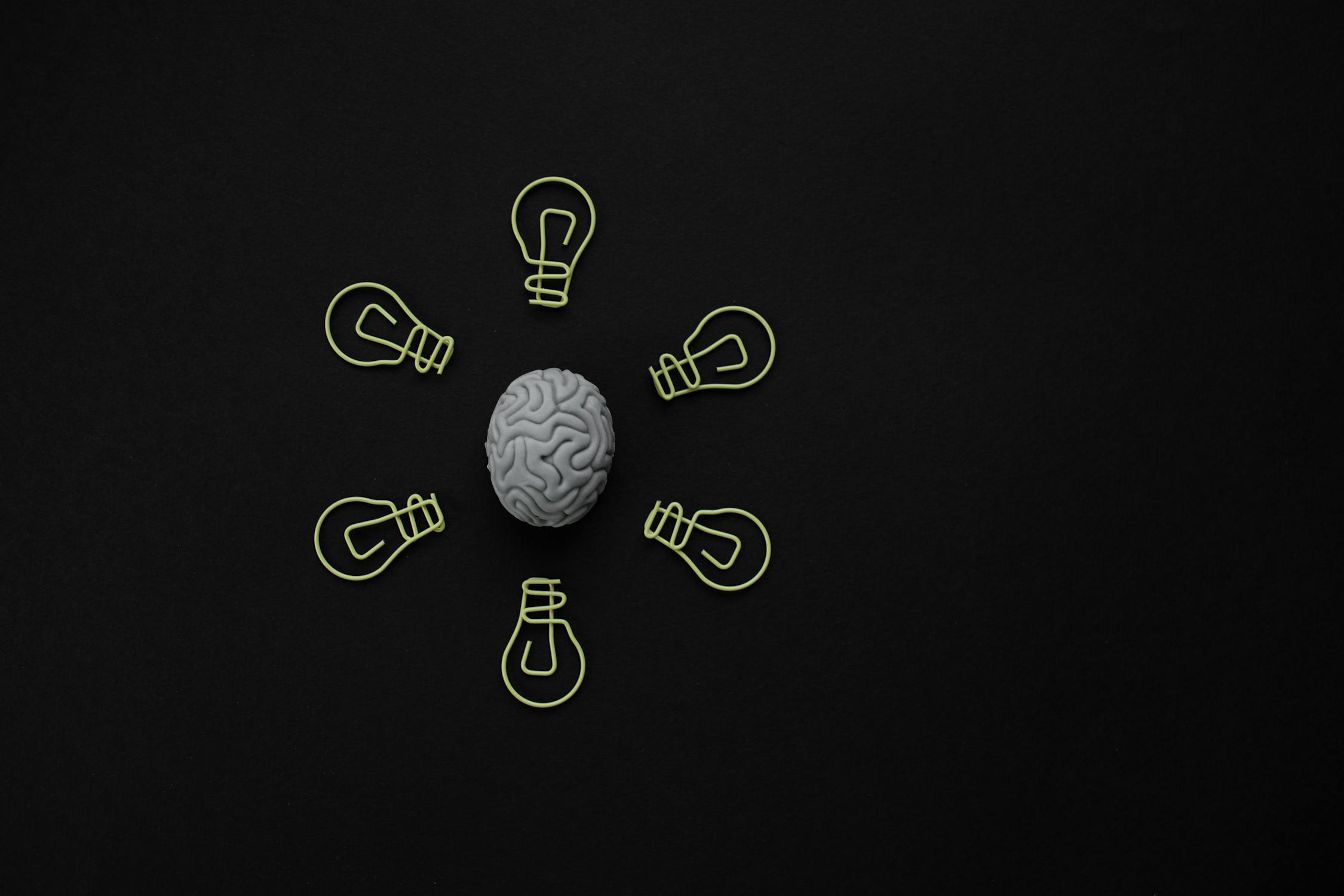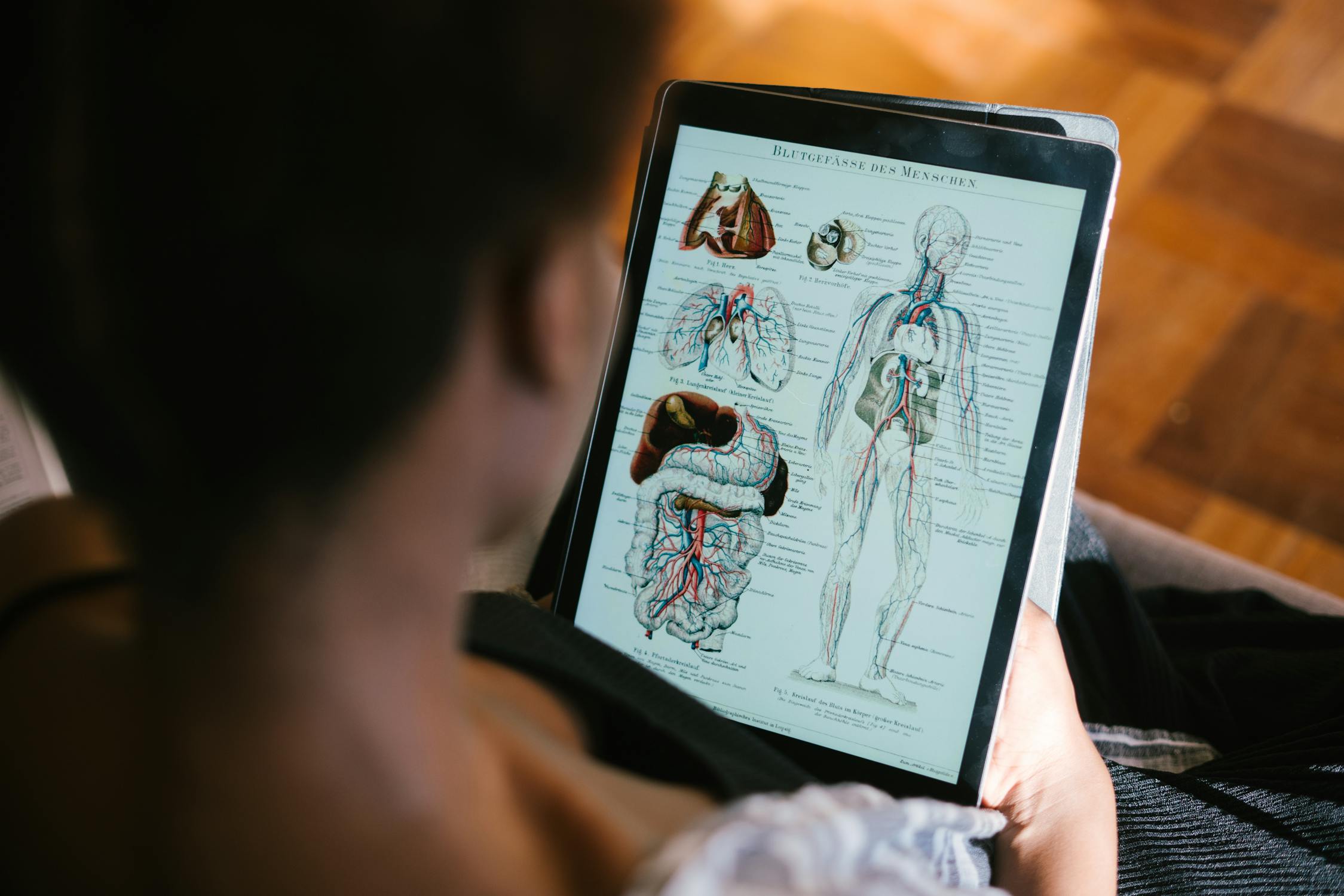The human body is a marvel of nature, filled with astonishing capabilities that often seem straight out of science fiction, and the medical facts we’re going to share with you today proves it! From bones that rival steel in strength to a stomach that can break down metal, the body is a fascinating machine with countless hidden features. Science continues to unveil incredible truths about how we function, proving that there’s still so much to learn about our own biology.
Babies Have More Bones Than Adults

At birth, a baby has around 300 bones, but as they grow, many of these fuse together. By adulthood, the total count drops to 206. This process allows for flexibility and growth during infancy, making it easier for babies to pass through the birth canal and develop properly. Over time, bones harden and join together, creating the stronger skeletal structure seen in adults. This transformation is crucial for providing the stability needed for movement and support. Without this fusion, human skeletons would remain too fragile to support their full body weight effectively.
Your Stomach Can Dissolve Razor Blades

This might not sound like a medical fact, but it’s true! The human stomach contains hydrochloric acid, which is incredibly potent. In lab tests, this acid has been shown to break down materials like metal and even razor blades over time. Of course, that doesn’t mean swallowing sharp objects is safe—your digestive tract isn’t designed for it, and serious injuries can occur. Still, it’s a testament to the resilience of the human body and its ability to process even the toughest substances. The stomach lining regenerates itself every few days to prevent the acid from digesting its own tissue. This continuous renewal process ensures the stomach remains intact while still effectively breaking down food.
Your Bones Are Stronger Than Steel

Ounce for ounce, human bones are stronger than steel. A cubic inch of bone can support roughly 19,000 pounds—more than most metals. While they might break under extreme force, bones have an incredible ability to withstand stress and repair themselves over time. This natural durability allows humans to endure significant physical challenges without constant injury. Bone tissue constantly undergoes remodeling, breaking down old cells and replacing them with new ones. This process helps bones maintain their strength and adapt to different stressors throughout life.
You Can Survive Without A Large Portion of Your Organs

Ready for a really weird medical fact? Your body has an astonishing ability to function even when key parts are missing. You can live without a spleen, one kidney, a lung, and even 75% of your liver. Some people have even survived with parts of their intestines removed. While these organs serve important roles, modern medicine has allowed individuals to adapt and continue thriving despite major surgical losses. The body compensates by relying more on remaining organs, adjusting metabolic processes to maintain stability. Medical advancements and assistive treatments make it possible for people to lead relatively normal lives even after losing crucial body parts.
Your Brain Generates Enough Electricity to Power a Lightbulb

Neurons in your brain communicate through tiny electrical impulses, creating enough energy to power a small lightbulb. This electricity fuels everything from thoughts to muscle movements, making the brain an incredibly powerful organ. Although this energy isn’t strong enough to light up a room, it’s an amazing demonstration of the body’s biological potential. Every second, your brain processes an incredible amount of information, helping you react to the world around you. The complexity of these electrical signals is what allows humans to experience emotions, store memories, and solve problems efficiently.
Read More: 7 Essential Minerals Your Body Needs That Nobody Talks About
Your Heart Creates Enough Pressure to Squirt Blood Several Feet
https://www.shutterstock.com/image-photo/female-doctor-touchstone-virtual-heart-hand-2058859229
The human heart is an extremely efficient pump, generating enough pressure to squirt blood up to 30 feet if an artery is severed. This incredible force ensures blood reaches every part of the body, even when standing upright. The heart’s powerful contractions make circulation possible, delivering oxygen and nutrients to keep you alive. Over the course of a lifetime, the heart will beat about 2.5 billion times, tirelessly keeping the body running. Its ability to adjust to different conditions, such as exercise or rest, makes it one of the most adaptable organs in the human body.
Goosebumps Are a Leftover Evolutionary Trait

This medical fact might be useful during trivia night! When you get cold or feel frightened, tiny muscles at the base of your hair follicles contract, causing your skin to form goosebumps. This response was once useful for early humans, as it made their body hair stand on end to trap warmth or appear larger to predators. While we no longer have thick fur, this ancient reflex still persists today. Goosebumps are also triggered during intense emotional experiences, such as listening to music or feeling awe. This reaction is tied to the body’s fight-or-flight response, which prepares you to face threats or significant moments.
Your Liver Can Regenerate Itself

Unlike most organs, the liver has the unique ability to regenerate even after a large portion is removed. As long as at least 25% remains, the liver can regrow to its original size within months. This remarkable function makes liver transplants possible and allows people to recover from significant damage caused by disease or injury. The regeneration process involves liver cells multiplying rapidly until the organ is restored to full function. This capability makes the liver one of the most vital and resilient organs in the body.
You Shed Millions of Skin Cells Every Day

Your skin is constantly renewing itself, shedding about 500 million cells daily. Over time, these dead cells contribute to household dust and are replaced by fresh skin layers. This process helps protect your body from infections and keeps your skin looking healthy and new, even if you don’t notice it happening. The complete turnover of skin cells occurs about every 27 days, ensuring that your outermost layer remains fresh. This renewal process is essential for maintaining the skin’s role as a barrier against harmful bacteria and environmental damage.
Your Small Intestine is Surprisingly Long

Although it’s called the “small” intestine, this organ is actually around 20 feet long. Its name comes from its narrow diameter, not its length. The small intestine plays a crucial role in digestion, absorbing nutrients from food before passing waste to the large intestine. If stretched out, it would be longer than a full-grown giraffe! This length is necessary to provide enough surface area for efficient nutrient absorption, which is vital for sustaining bodily functions and overall health.
Conclusion

The human body is filled with astonishing features that defy logic and expectations. From bones stronger than steel to a stomach that can dissolve metal, these incredible facts showcase the resilience and adaptability of our anatomy. Science continues to uncover even more mind-blowing discoveries and medical facts, proving that the body is far more complex and fascinating than we often realize. Our biological systems are capable of remarkable feats, allowing us to survive, adapt, and thrive under a wide range of conditions. Whether it’s the power of the brain, the strength of the bones, or the regenerative ability of the liver, our bodies are nothing short of extraordinary.
Read More: Cancer Treatment Leads to the Removal of Eight Organs in Woman’s Body

